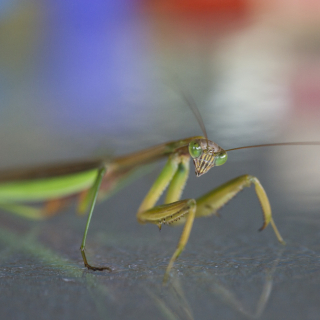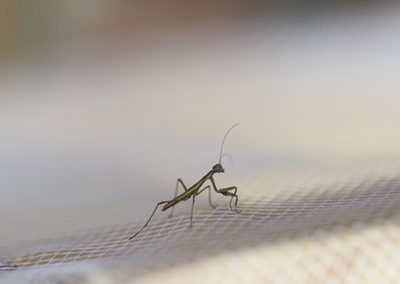Ball Pythons

Monty, my Ball Python (Python regius)
Ball Pythons are nocturnal, meaning they are most active at night. They don’t have very good eyesight, so they rely on heat sensing pits on their upper lip to find food. These pits pick up the heat from their surroundings and enables them to “see” heat, such as the warm body of a mouse. This incredible ability allows them to hunt even in pitch black. In captivity, young Ball Pythons are usually fed pinky mice (newborn mice) or fuzzies (young mice that have just grown their fur) while adults are fed adult mice or rats, depending on the size of the snake. Young Ball Pythons should be fed around twice a week, while adults usually go a week or two between feedings.

A close up view of the heat pits on a Ball Python’s upper lip.
These are long lived snakes, living up to 40 years in captivity, so they require some commitment. Ball Pythons are great pets for people with dog or cat allergies, as they have no hair and don’t cause any allergic reactions. They are also perfect therapy animals for people with autism and similar conditions because of how calm Ball Pythons are, since the hyperactivity of a dog or the quick movements of a cat could be stressful for the person.

My Dad “bonding” with Monty.
Ball Pythons pose no threat to humans, as they are non venomous and have small teeth, and even though they are very muscular, they are not strong enough to hurt a human. If you are planning on getting a Ball Python, make sure you do a lot of research, and get information from multiple credible sources before buying a snake. With proper care, a Ball Python could be an amazing first snake for anyone looking to get into exotic pets!

My cousins hanging out with their favorite snake.

Ball Pythons make amazing pets.









Recent Comments